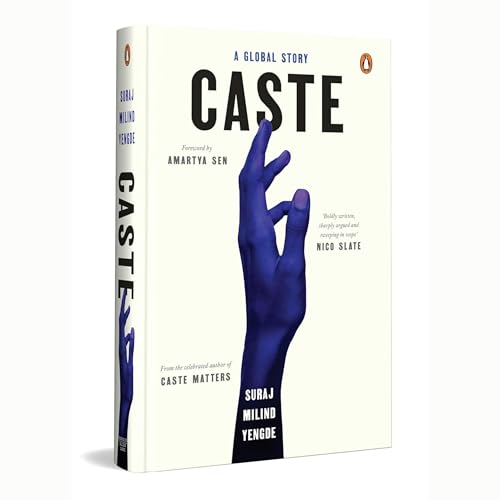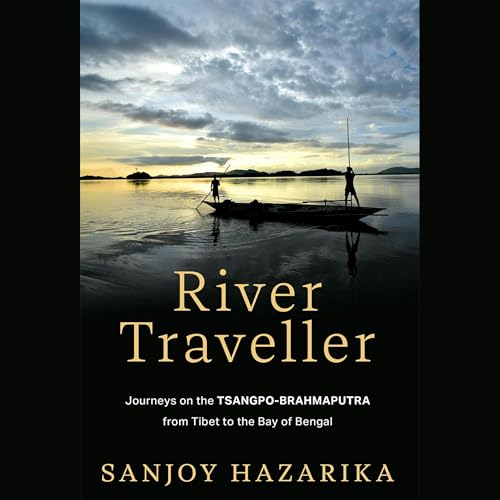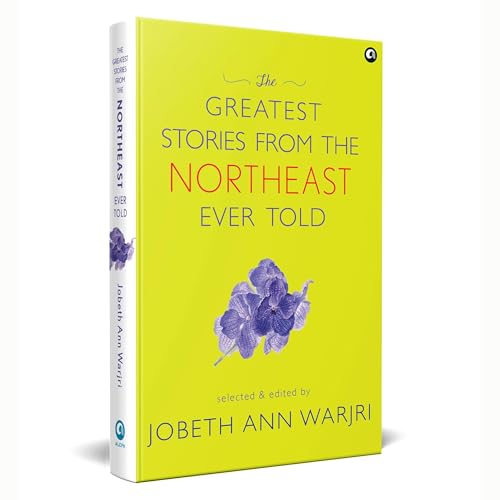"In India, we don't use the word 'cult' but the photo of a godman hangs in every other home and it's all placed under the umbrella of culture. Cults go after the most vulnerable, those who are not thinking with their rational mind. That's exactly what happened with my parents. When they saw death, they gravitated towards what gave them most certainty. The majority of people going to such gurus are going for something related to their health; they are going in the hope of getting better. It could be related to disease, addiction or poverty. When you don't get answers from anywhere, you go to someone who gives answers as the guru did in my parents' case. People won't get healed but they are hooked by the continuous promise that if they sustain on this path, things will change. When you become part of a cult, there is manipulation, fear and guilt. In my case, everything got attached to my mother's wellbeing; that if you don't follow the rules, she will lose her life. You start getting manipulated because you don't want her to die. I see my parents as victims too. Within the cult, you are only allowed to do certain things like watch the guru's sermons or listen to his mantras. After a while, from disuse, your brain starts to atrophy and you lose critical thinking because you are not allowed to question anything, These cults may be born from any religion; the thing is they distort the teachings of that religion to suit their own narrative. This is possibly the first book by an Indian about being influenced by a cult. I'm trying to create awareness so people can spot when this happens. You need mental health professionals to deprogram victims because indoctrination changes your brain wiring. There has to be a larger systemic change with the creation of proper programmes so victims can be led back into their lives."- Priyamvada Mehra, author, The Cost of a Promised Afterlife, talks about how her family was drawn into the fold of godman Rampal after her mother was diagnosed with a brain tumour, the blind belief that led to the deterioration of her condition, the proliferation of religious charlatans who prey on those who have lost hope, and the mental abuse that being part of a cult entails Learn more about your ad choices. Visit megaphone.fm/adchoices
続きを読む
一部表示
 1 時間 5 分
1 時間 5 分 2025/11/141 時間 2 分
2025/11/141 時間 2 分 2025/11/0654 分
2025/11/0654 分 50 分
50 分 2025/10/2353 分
2025/10/2353 分 2025/10/171 時間 2 分
2025/10/171 時間 2 分 2025/10/1057 分
2025/10/1057 分 2025/10/031 時間 9 分
2025/10/031 時間 9 分

